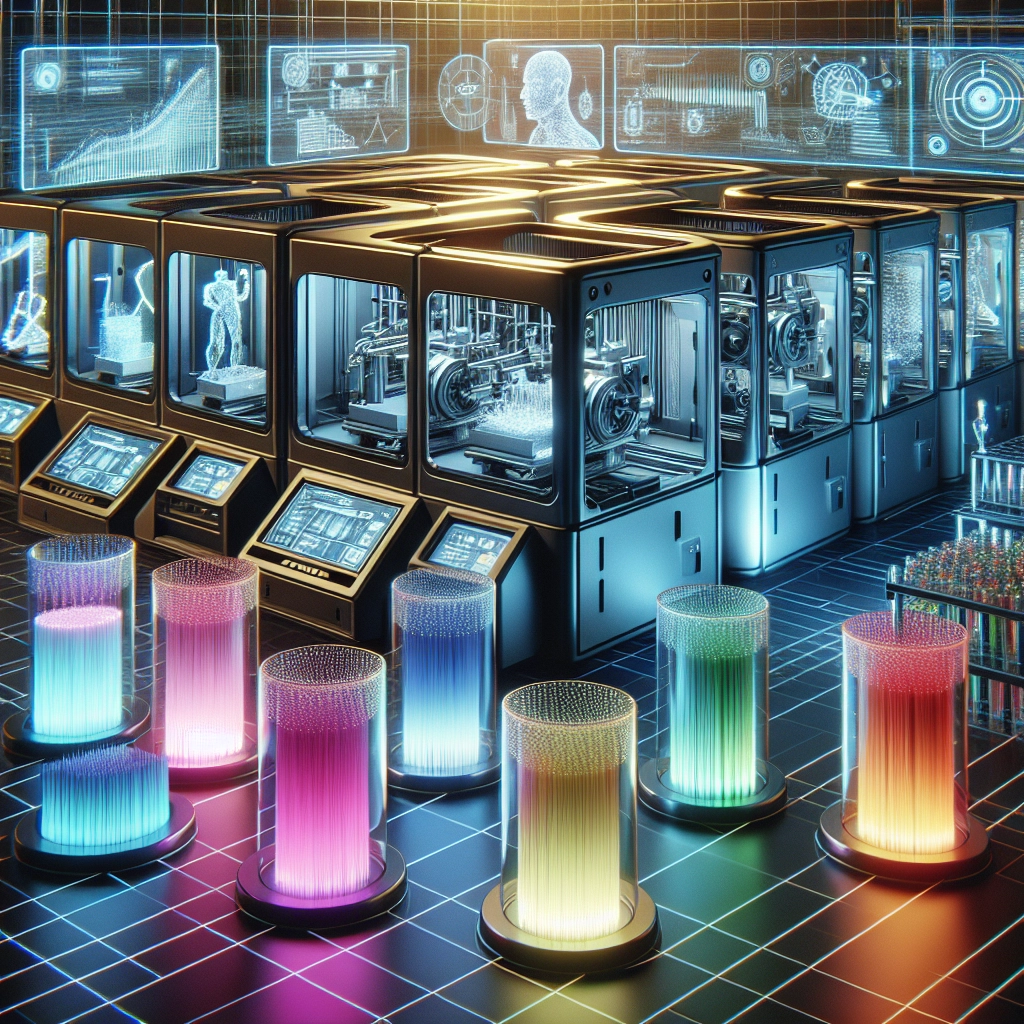The Future of 3D Printing: Exploring the Next Generation of Filaments
3D printing, or additive manufacturing as some folks like to call it, is rapidly evolving. What started as a niche hobby for tech enthusiasts has transformed into a vital tool in various industries, from aerospace to healthcare. One of the most exciting developments driving this evolution is the advent of new and advanced filaments. Let’s take a closer look at what’s on the horizon.
The Importance of Filaments
Filaments are to 3D printing what ink is to a printer. They are the materials that bring three-dimensional designs to life. Traditionally, we’ve seen common materials like PLA (polylactic acid) and ABS (acrylonitrile butadiene styrene) taking center stage. While these filaments offer great ease of use, they also come with limitations in terms of strength, flexibility, and temperature resistance.
As industries demand more specialized solutions, manufacturers are stepping up and creating innovative filaments that address specific needs, leading to quality prints that can withstand the test of time.
Smart Materials
One of the most captivating developments in 3D printing filaments is the rise of smart materials. These are materials engineered to respond to environmental stimuli like temperature, light, or moisture. Imagine a 3D printed object that can change its shape in response to heat! This functionality opens the door for applications in areas like aerospace, where lightweight, shape-shifting components could improve fuel efficiency.
Furthermore, smart materials aren’t just for industrial applications. Think of toys or household items that adapt to different conditions or environments, bringing a unique interactive element to everyday products.
Biodegradable Filaments
With growing concerns about the environment, the future of filaments is also taking a greener turn. Biodegradable plastics like PLA have laid the groundwork, but now we’re seeing even more eco-friendly options entering the market. There are filaments made from recycled materials, as well as those derived from organic sources, that can significantly reduce waste.
For example, companies are experimenting with filaments made from hemp, algae, and other sustainable resources. This evolution not only benefits the planet but also gives consumers a chance to engage with technology that aligns with their values. Imagine printing your next home décor piece from a filament made from waste materials—how cool is that?
Composite Filaments
Composite filaments combine traditional materials with additives to improve their performance. For instance, carbon fiber-reinforced filaments are becoming increasingly popular for their strength-to-weight ratio. These materials are perfect for producing durable parts in industries that need components that won’t buckle or bend under pressure.
The same goes for metal-filled filaments, which can give a printed object the look and feel of metal without the need for expensive machinery. Imagine a DIY enthusiast printing out a stunning metal-like lamp without having to break the bank—composite filaments are making this possible.
Health-Centric Filaments
In the field of healthcare, specialized filaments are entering the scene, paving the way for innovative medical devices and prosthetics. For example, biocompatible filaments that promote cell growth are being explored for use in tissue engineering. This could revolutionize how we think about organ transplants, allowing for the potential to grow organs in the lab that are customized to a patient’s needs.
3D printing for medical purposes is also being complemented by filaments that possess antibacterial properties. These can be applied to surgical tools or implants to minimize infection risks, showing how filaments are pushing boundaries in health tech.
The Road Ahead
So, what does the future hold for these next-generation filaments? For one, we can expect continued innovation and research to improve material properties. You’ll see ongoing collaborations between material scientists and 3D printing manufacturers, resulting in products that are not only stronger and more versatile but also kinder to our planet.
Additionally, education around 3D printing and materials science is becoming more accessible, which will democratize the technology. Imagine an art student having the ability to experiment with one-of-a-kind materials for their projects right in their campus workshop!
As we watch this equipment and technology progress, it’s thrilling to think about the creative possibilities that lie ahead. From visionary prototypes to sustainable solutions, the future of 3D printing—fuelled by advanced filaments—has the potential to redefine how we engineer products, solve challenges, and ultimately, shape our world. The next few years promise to be nothing short of exhilarating for 3D printing enthusiasts and industries alike.

